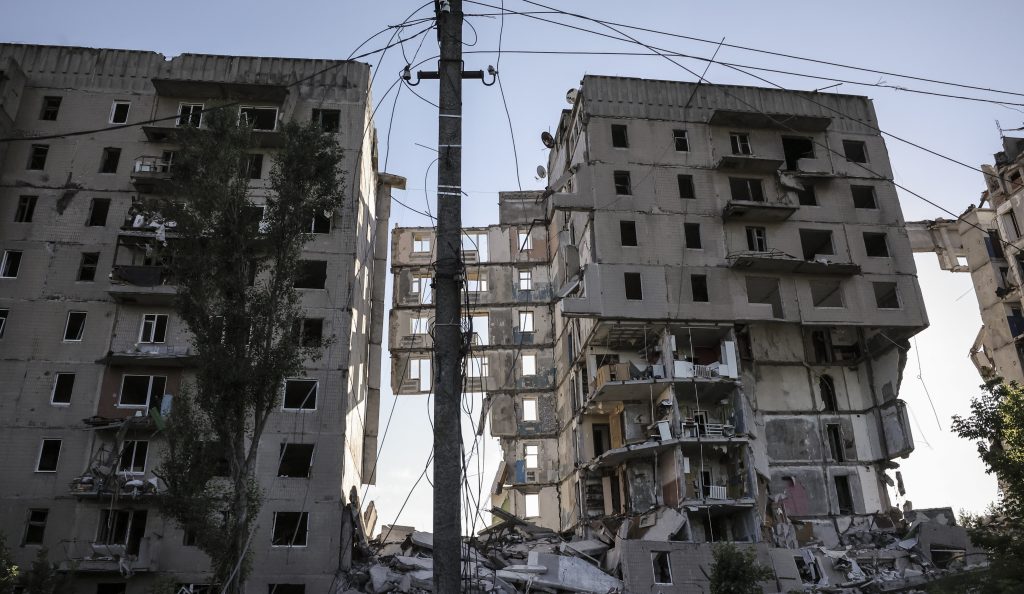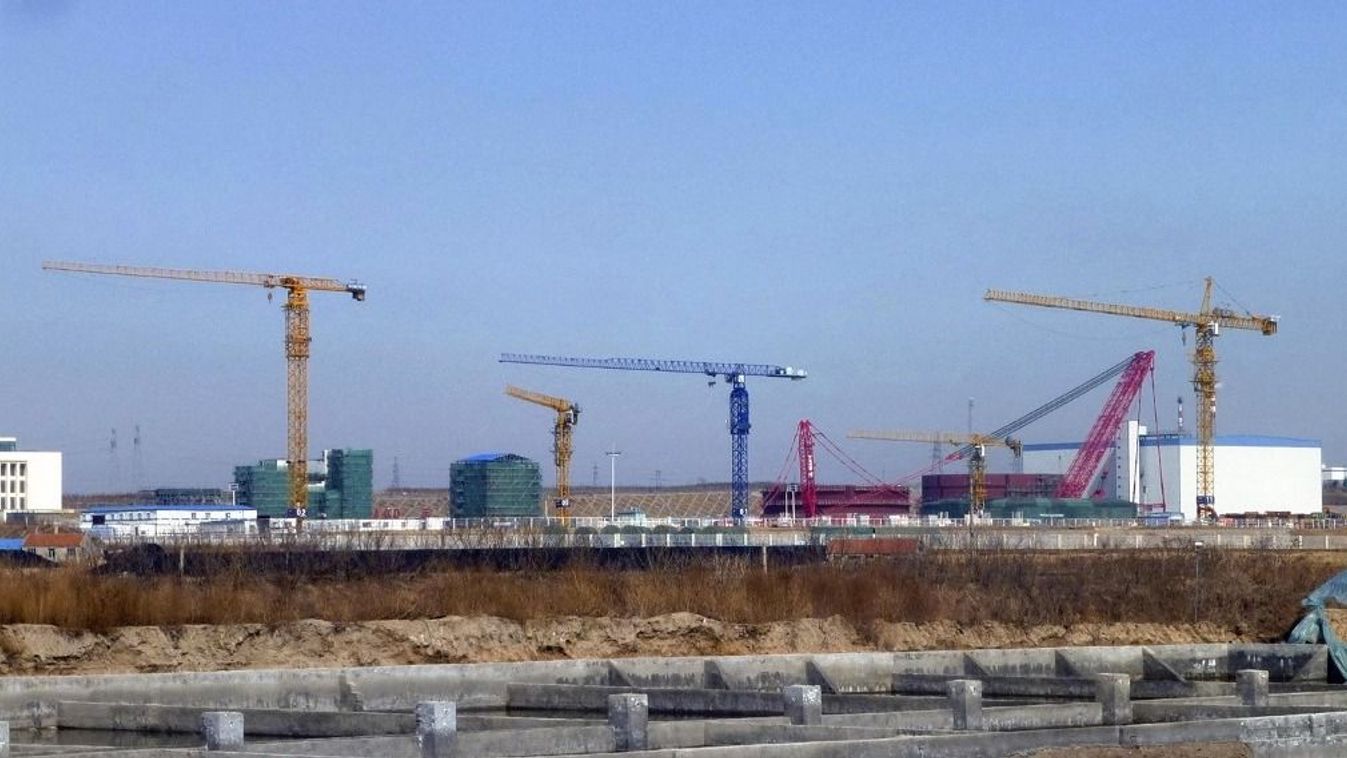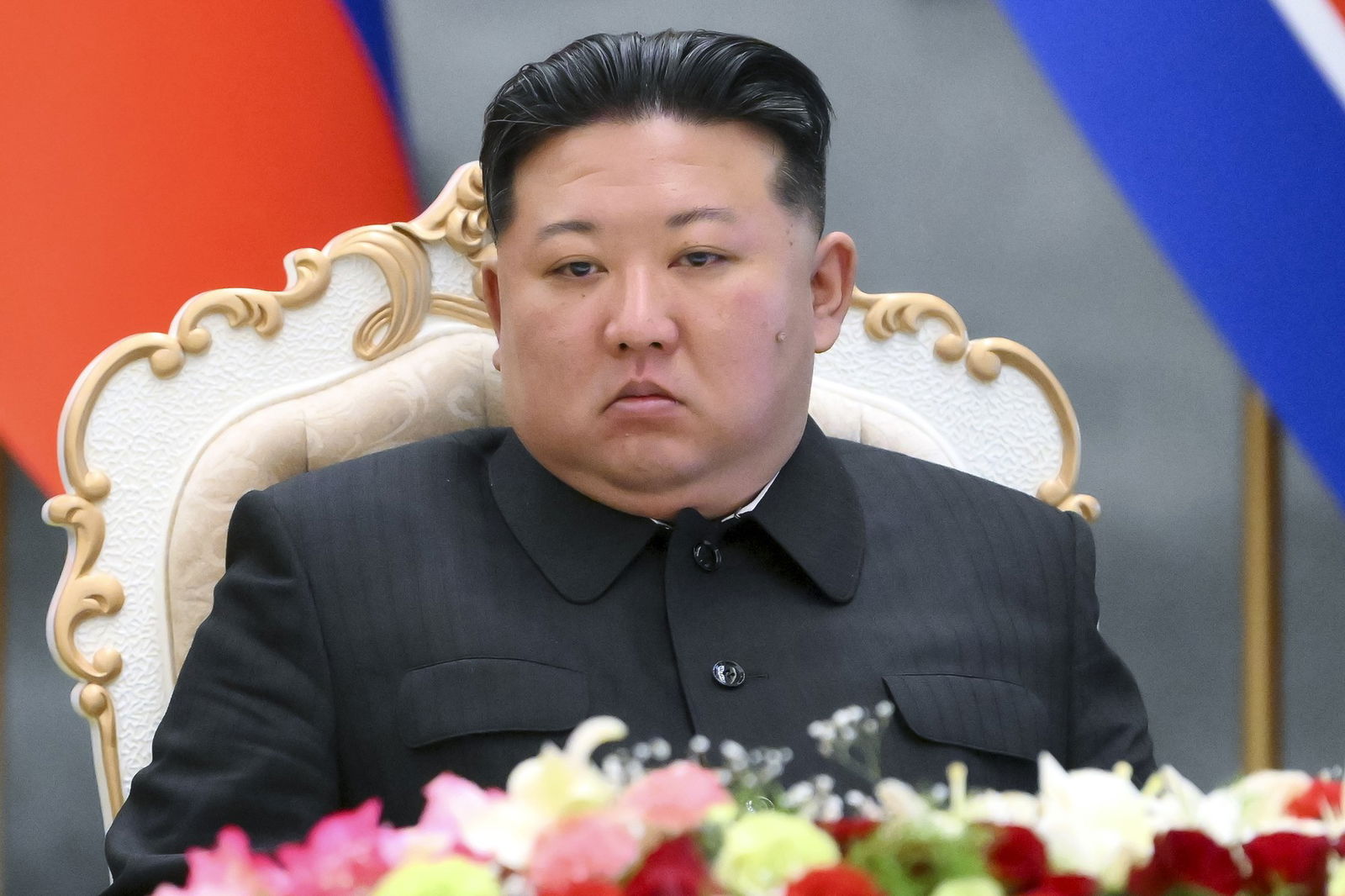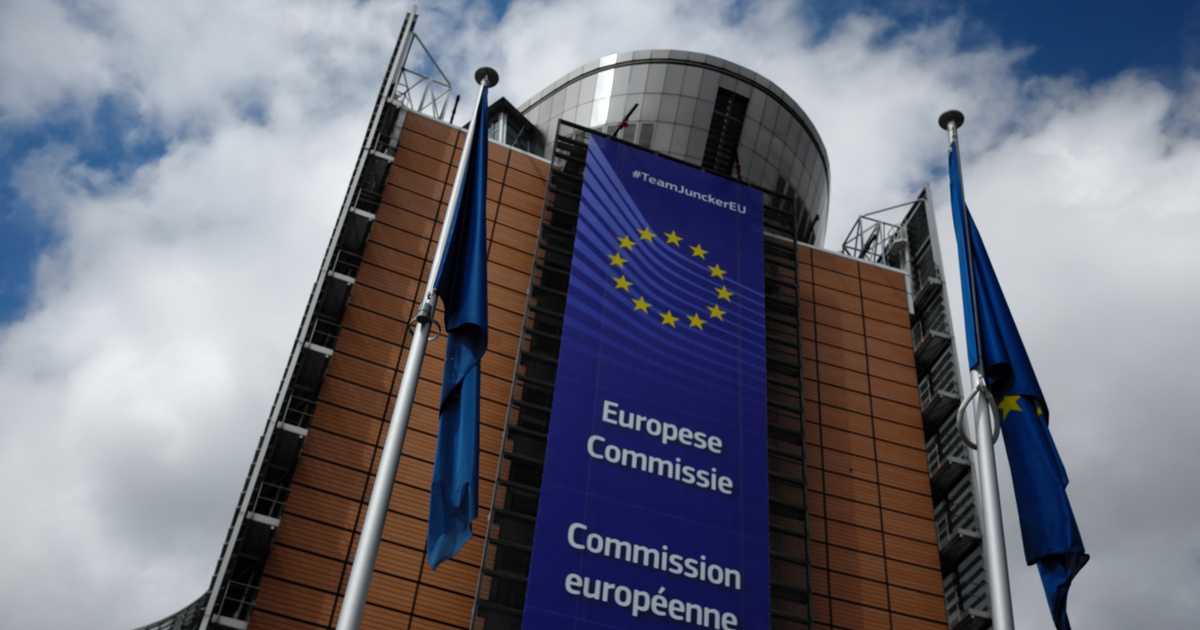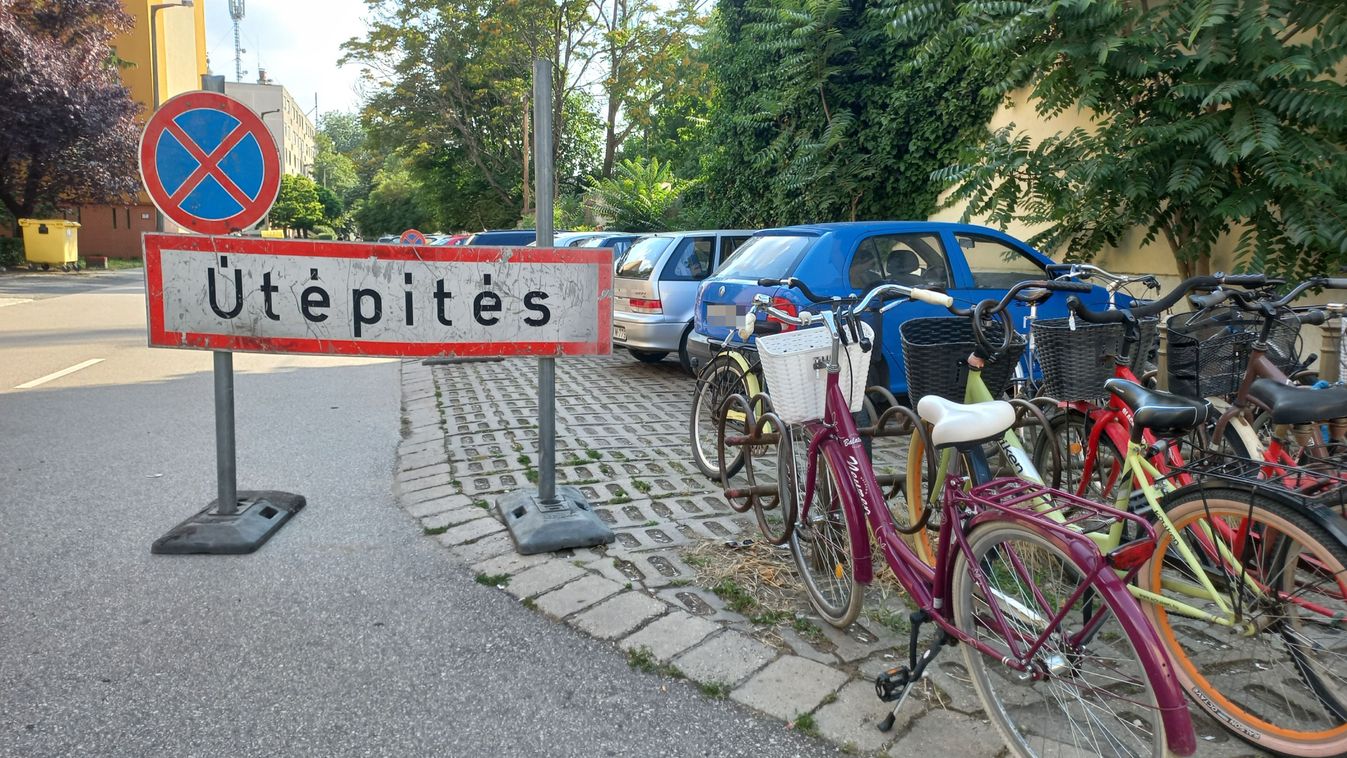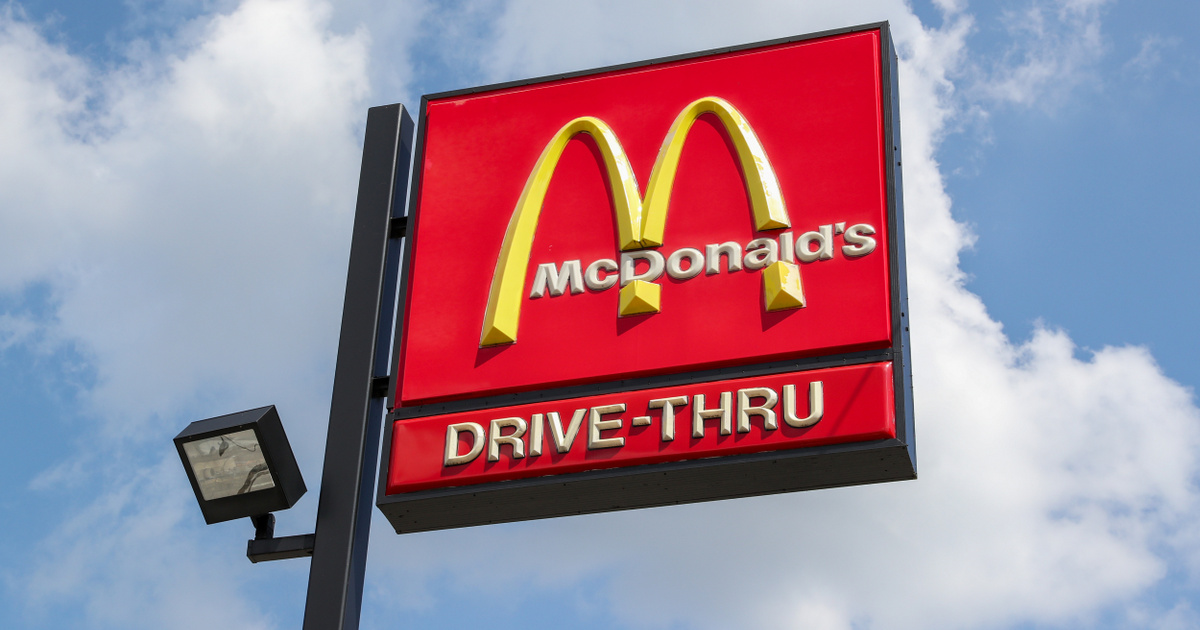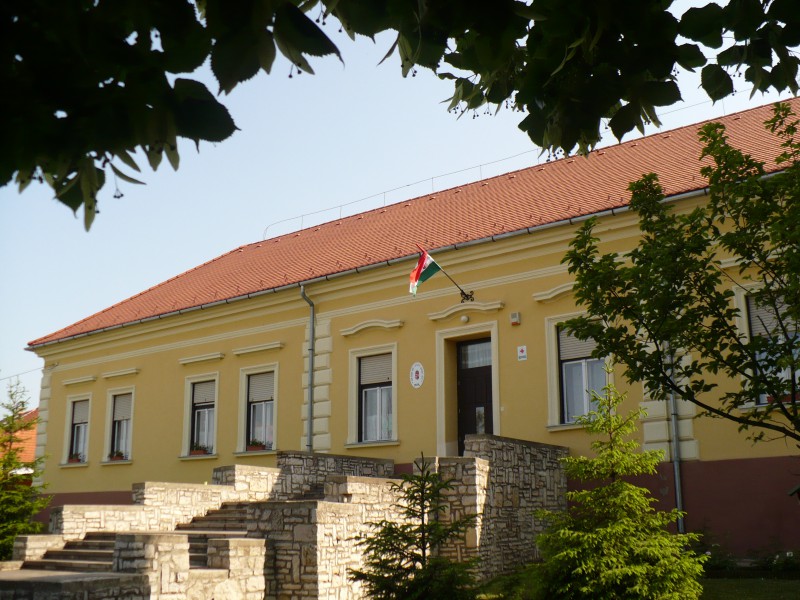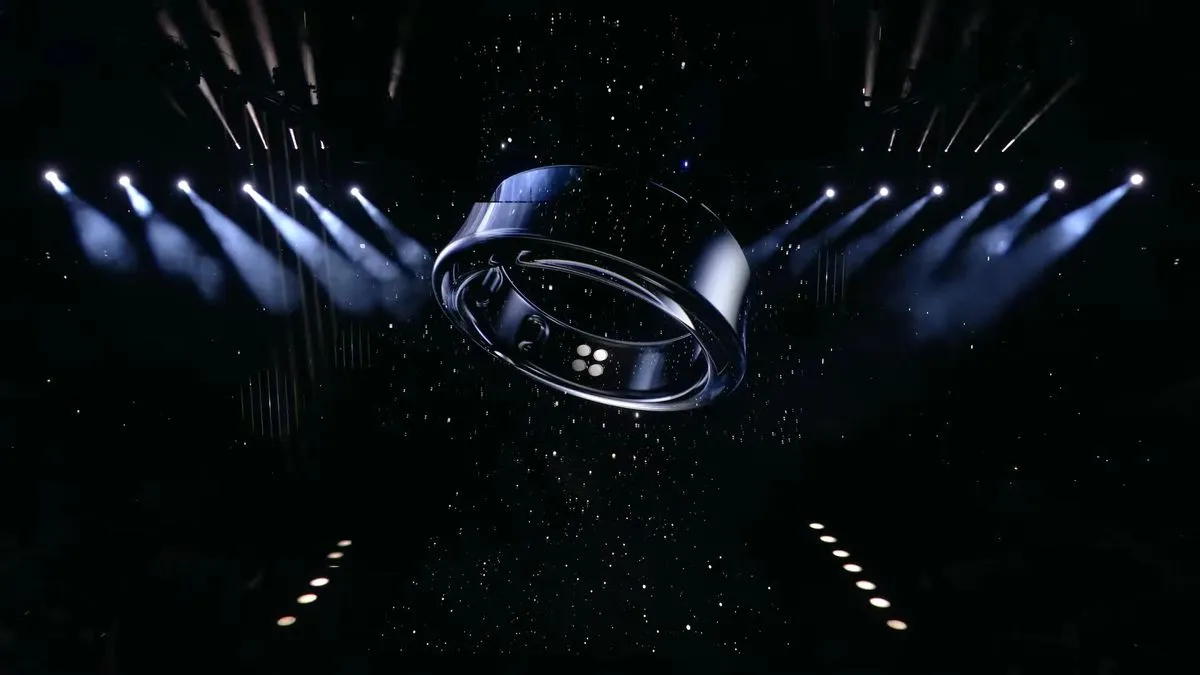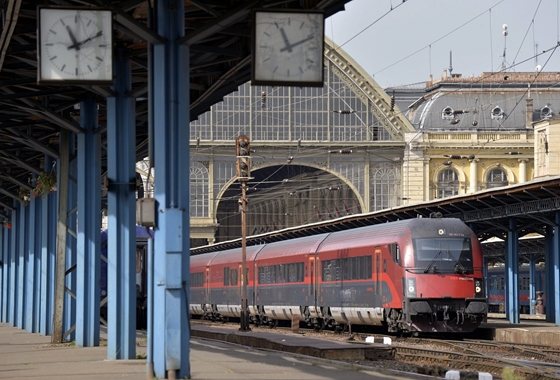[{“available”:true,”c_guid”:”a1a4cbae-af98-434e-b243-c9852e02b821″,”c_author”:”MTI”,”category”:”vilag”,”description”:”Két hétre karanténba kell vonulnia annak, akik nem tudja felmutatni a “zöld” igazolványát.”,”shortLead”:”Két hétre karanténba kell vonulnia annak, akik nem tudja felmutatni a “zöld” igazolványát.”,”id”:”20211029_Karanter_var_az_unios_vedettsegi_igazolvany_nelkul_Romaniaba_belepo_magyarokra”,”image”:”https://img2.hvg.hu/image.aspx?id=a1a4cbae-af98-434e-b243-c9852e02b821&view=ffdb5e3a-e632-4abc-b367-3d9b3bb5573b”,”index”:0,”item”:”59170426-e236-448d-b40c-e0e0d28ba773″,”keywords”:null,”link”:”/vilag/20211029_Karanter_var_az_unios_vedettsegi_igazolvany_nelkul_Romaniaba_belepo_magyarokra”,”timestamp”:”2021. október. 29. 13:27″,”title”:”Karantén vár az uniós védettségi igazolvány nélkül Romániába belépő magyarokra”,”trackingCode”:”RELATED”,”c_isbrandchannel”:false,”c_isbrandcontent”:false,”c_isbrandstory”:false,”c_isbrandcontentorbrandstory”:false,”c_isbranded”:false,”c_ishvg360article”:false,”c_partnername”:null,”c_partnerlogo”:”00000000-0000-0000-0000-000000000000″,”c_partnertag”:null},{“available”:true,”c_guid”:”f6e68f3f-6faa-4b23-bf99-a3f58c571e67″,”c_author”:”hvg.hu”,”category”:”itthon”,”description”:”Vakbélgyulladást kapott az olaszországi nyaralásán.”,”shortLead”:”Vakbélgyulladást kapott az olaszországi nyaralásán.”,”id”:”20211028_mutet_gyurcsany_ferenc”,”image”:”https://img2.hvg.hu/image.aspx?id=f6e68f3f-6faa-4b23-bf99-a3f58c571e67&view=ffdb5e3a-e632-4abc-b367-3d9b3bb5573b”,”index”:0,”item”:”b055f8ee-4340-42cf-8ed2-fffadc11284d”,”keywords”:null,”link”:”/itthon/20211028_mutet_gyurcsany_ferenc”,”timestamp”:”2021. október. 28. 13:12″,”title”:”Megműtötték Gyurcsány Ferencet”,”trackingCode”:”RELATED”,”c_isbrandchannel”:false,”c_isbrandcontent”:false,”c_isbrandstory”:false,”c_isbrandcontentorbrandstory”:false,”c_isbranded”:false,”c_ishvg360article”:false,”c_partnername”:null,”c_partnerlogo”:”00000000-0000-0000-0000-000000000000″,”c_partnertag”:null},{“available”:true,”c_guid”:”bb75be25-1492-4b9c-bc17-0da5896f587e”,”c_author”:”hvg.hu”,”category”:”itthon”,”description”:”Csak most, csak nálunk!”,”shortLead”:”Csak most, csak nálunk!”,”id”:”20211029_Marabu_Feknyuz_Akcios_ajanlat”,”image”:”https://img2.hvg.hu/image.aspx?id=bb75be25-1492-4b9c-bc17-0da5896f587e&view=ffdb5e3a-e632-4abc-b367-3d9b3bb5573b”,”index”:0,”item”:”a29cf078-9fe8-403f-9e0e-7f29a7e56561″,”keywords”:null,”link”:”/itthon/20211029_Marabu_Feknyuz_Akcios_ajanlat”,”timestamp”:”2021. október. 29. 06:00″,”title”:”Marabu Féknyúz: Akciós ajánlat!”,”trackingCode”:”RELATED”,”c_isbrandchannel”:false,”c_isbrandcontent”:false,”c_isbrandstory”:false,”c_isbrandcontentorbrandstory”:false,”c_isbranded”:false,”c_ishvg360article”:false,”c_partnername”:null,”c_partnerlogo”:”00000000-0000-0000-0000-000000000000″,”c_partnertag”:null},{“available”:true,”c_guid”:”4cc829bc-99ea-42a4-9e71-9d67a685b9bf”,”c_author”:”HVG”,”category”:”360″,”description”:”Mélytanuló algoritmus segítségével készíthető nagyon nagy felbontású baleseti kockázati térkép városok úthálózatáról. “,”shortLead”:”Mélytanuló algoritmus segítségével készíthető nagyon nagy felbontású baleseti kockázati térkép városok úthálózatáról. “,”id”:”202143_balesetterkep_forgalommal_szemben”,”image”:”https://img2.hvg.hu/image.aspx?id=4cc829bc-99ea-42a4-9e71-9d67a685b9bf&view=ffdb5e3a-e632-4abc-b367-3d9b3bb5573b”,”index”:0,”item”:”eba7bacc-5e51-444d-b7d9-673dfe609ae5″,”keywords”:null,”link”:”/360/202143_balesetterkep_forgalommal_szemben”,”timestamp”:”2021. október. 28. 16:00″,”title”:”A mesterséges intelligencia megmondta, hol lesz majd baleset – és úgy is lett”,”trackingCode”:”RELATED”,”c_isbrandchannel”:false,”c_isbrandcontent”:false,”c_isbrandstory”:false,”c_isbrandcontentorbrandstory”:false,”c_isbranded”:false,”c_ishvg360article”:true,”c_partnername”:null,”c_partnerlogo”:”00000000-0000-0000-0000-000000000000″,”c_partnertag”:null},{“available”:true,”c_guid”:”4ec13981-07fa-4dc4-bf11-f119980006aa”,”c_author”:”hvg.hu”,”category”:”kkv”,”description”:”Leszállíthatják a járműről, aki tömegközlekedési eszközön nem takarja el a száját és az orrát maszkkal, a cégek pedig fizetés nélküli szabadságra küldhetik azokat a dolgozóikat, akik nem oltatják be magukat – derül ki a csütörtök este kiadott kormányrendeletekből. A kormány az állami alkalmazottakat legkésőbb 2022 januárjáig kötelezi az oltás felvételére, a polgármestereknek pedig megadja a lehetőséget, hogy ugyanígy döntsenek.”,”shortLead”:”Leszállíthatják a járműről, aki tömegközlekedési eszközön nem takarja el a száját és az orrát maszkkal, a cégek pedig…”,”id”:”20211028_rendelet_maszkviseles_oltas”,”image”:”https://img2.hvg.hu/image.aspx?id=4ec13981-07fa-4dc4-bf11-f119980006aa&view=ffdb5e3a-e632-4abc-b367-3d9b3bb5573b”,”index”:0,”item”:”78776dae-f478-4b62-84c8-11ad2551f713″,”keywords”:null,”link”:”/kkv/20211028_rendelet_maszkviseles_oltas”,”timestamp”:”2021. október. 28. 22:27″,”title”:”Megjelent a rendelet a maszkviselésről és a dolgozók oltásra kötelezéséről”,”trackingCode”:”RELATED”,”c_isbrandchannel”:false,”c_isbrandcontent”:false,”c_isbrandstory”:false,”c_isbrandcontentorbrandstory”:false,”c_isbranded”:false,”c_ishvg360article”:false,”c_partnername”:null,”c_partnerlogo”:”00000000-0000-0000-0000-000000000000″,”c_partnertag”:null},{“available”:true,”c_guid”:”197c4900-2c65-4193-83d9-4dba3de7b86a”,”c_author”:”hvg.hu”,”category”:”kkv”,”description”:”Az MTI 19 fotót adott ki a témában, míg az ellenzéki előválasztásról csak néhányat.”,”shortLead”:”Az MTI 19 fotót adott ki a témában, míg az ellenzéki előválasztásról csak néhányat.”,”id”:”20211029_koka_janos_doktor24_allami_tamogatas_klinika”,”image”:”https://img2.hvg.hu/image.aspx?id=197c4900-2c65-4193-83d9-4dba3de7b86a&view=ffdb5e3a-e632-4abc-b367-3d9b3bb5573b”,”index”:0,”item”:”ab61a641-6c0a-4593-a818-dcb6b36be662″,”keywords”:null,”link”:”/kkv/20211029_koka_janos_doktor24_allami_tamogatas_klinika”,”timestamp”:”2021. október. 29. 16:53″,”title”:”287 millióval segíti az állam azt a céget, ahol Kóka János az elnök”,”trackingCode”:”RELATED”,”c_isbrandchannel”:false,”c_isbrandcontent”:false,”c_isbrandstory”:false,”c_isbrandcontentorbrandstory”:false,”c_isbranded”:false,”c_ishvg360article”:false,”c_partnername”:null,”c_partnerlogo”:”00000000-0000-0000-0000-000000000000″,”c_partnertag”:null},{“available”:true,”c_guid”:”88e85507-400f-4608-8a57-b3ef5f65cb83″,”c_author”:”hvg.hu”,”category”:”tudomany”,”description”:”A napokban bekapcsolt 28 újonnan csatlakoztatott településsel októbertől kezdődően több mint 900 településen érhető el a DIGIMobil szolgáltatás, ezzel az lakosság több mint 90 százalékának biztosítva a kültéri lefedettséget – közölte a Digi.”,”shortLead”:”A napokban bekapcsolt 28 újonnan csatlakoztatott településsel októbertől kezdődően több mint 900 településen érhető el…”,”id”:”20211030_digimobil_lefedettsegi_terkep_uj_telepulesek_hol_hasznalhato_terero”,”image”:”https://img2.hvg.hu/image.aspx?id=88e85507-400f-4608-8a57-b3ef5f65cb83&view=ffdb5e3a-e632-4abc-b367-3d9b3bb5573b”,”index”:0,”item”:”16b0e2e7-0c45-4e0e-8d93-06cc8e02c182″,”keywords”:null,”link”:”/tudomany/20211030_digimobil_lefedettsegi_terkep_uj_telepulesek_hol_hasznalhato_terero”,”timestamp”:”2021. október. 30. 08:03″,”title”:”Nézzen rá a térképre: ezen a 900 településen használható a 4. mobilszolgáltató DIGIMobil”,”trackingCode”:”RELATED”,”c_isbrandchannel”:false,”c_isbrandcontent”:false,”c_isbrandstory”:false,”c_isbrandcontentorbrandstory”:false,”c_isbranded”:false,”c_ishvg360article”:false,”c_partnername”:null,”c_partnerlogo”:”00000000-0000-0000-0000-000000000000″,”c_partnertag”:null},{“available”:true,”c_guid”:”162e3f05-6c9c-4df7-bf10-647b77c7757a”,”c_author”:”Lengyel Miklós”,”category”:”gazdasag.zhvg”,”description”:”2023-ra jöhet össze az a 100 milliárd dolláros alap, amelyet a gazdag országok ígértek a szegényeknek.”,”shortLead”:”2023-ra jöhet össze az a 100 milliárd dolláros alap, amelyet a gazdag országok ígértek a szegényeknek.”,”id”:”20211028_A_szegeny_orszagok_otszor_annyit_koltenek_adossagtorlesztesre_mint_a_klimavaltozas_elleni_harcra”,”image”:”https://img2.hvg.hu/image.aspx?id=162e3f05-6c9c-4df7-bf10-647b77c7757a&view=ffdb5e3a-e632-4abc-b367-3d9b3bb5573b”,”index”:0,”item”:”fd239a0f-974d-4cca-8137-6879306ee5f4″,”keywords”:null,”link”:”/zhvg/20211028_A_szegeny_orszagok_otszor_annyit_koltenek_adossagtorlesztesre_mint_a_klimavaltozas_elleni_harcra”,”timestamp”:”2021. október. 28. 17:45″,”title”:”A szegény országok ötször annyit költenek adósságtörlesztésre, mint a klímaváltozás elleni harcra”,”trackingCode”:”RELATED”,”c_isbrandchannel”:false,”c_isbrandcontent”:false,”c_isbrandstory”:false,”c_isbrandcontentorbrandstory”:false,”c_isbranded”:false,”c_ishvg360article”:false,”c_partnername”:null,”c_partnerlogo”:”00000000-0000-0000-0000-000000000000″,”c_partnertag”:null}]

The number of editorial boards independent of power is steadily declining, and those that do still exist are trying to stay afloat under growing headwinds. At HVG, we persevere and never give in to pressure, bringing local and international news every day.
That’s why we ask you, our readers, to support us! We promise to continue to give you the best we can!
Recommended from the first page


A couple of years ago, we thought that in the worst case scenario, this would be the last change of the clock. Politicians didn’t think so.


